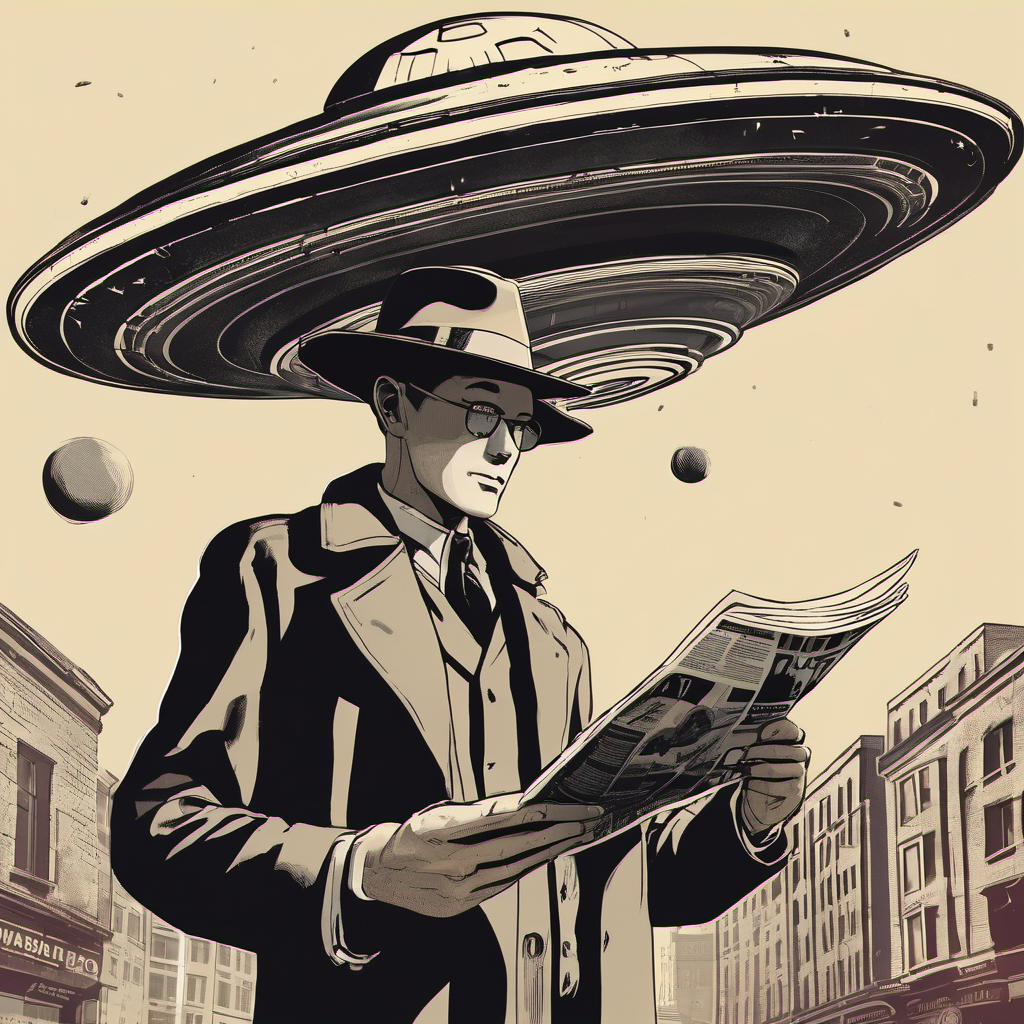By KEN KORCZAK
An epic tale of technological determinism & sociological implications against the backdrop of a dystopian future that may be imminent for all of us
THE BURNING YEARS is a bedazzling science fiction novel telling the dire story of a near-future Earth that many of us have already begun to experience.
We live in a remarkable era when science fiction can present fantastic, extrapolated scenarios that yet — at the same time — give us a visceral feeling of our present-day reality.
Consider:
Billions of people have endured unbearable, sizzling-hot summers, massive hurricanes, flooding and unusually powerful tornadoes.
Along with that is a creeping erosion of economic lifestyles for the poor and middle class. There is a growing sense of social anxiety, an increasing intimation of communal dysphoria, loss of trust in government, regional hot wars, oceans encroaching on shorelines, flooding …
… and our hearts can only sink into a kind of helpless ennui as we witness the sixth mass extinction of plant and animal life in the many eons of our world’s history.
I’ll describe this novel by author Felicity Harley as an “immediacy experience.” Its narrative is akin to an accurate projection by a futurist or that of social observers making forecasts based on real-time data.
Ms. Harley pulls no punches when pointing the finger of blame — and why should she? It’s hardly a secret that our distressing situation on Planet Earth can be attributed thanks to a few well-identified groups:
- Brainiac technocrats
- Billionaire hedge funders, financiers, powerful private equity firms
- 20th Century legacy industries, especially fossil fuels, mining, petrochemical agriculture dominated by meat production, and a fishing industry ravaging entire species of sea life for market gain.
- The Military-industrial complex and global arms traders
- Corrupt, cynical & self-serving politicians
- Purveyors of an endless production-consumption economic model addicted to unlimited growth at all costs.
Again, their policies are driving:
- Climate change
- Rising sea levels
- Ocean acidification
- Desertification of once lush green forest lands & prairies
- Clearing of rainforests
- Devastating forest fires every summer
- Soil erosion
- Dissemination of microplastics through all levels of the biosphere
- Depletion of inland freshwater resources
- Drought
- Superstorms
- Social unrest, division
- Absurd levels of wealth inequality distribution
BUT WAIT A MINUTE …
I now hasten to add that The Burning Years is not a rant, a work of despair, or even a depressing lament over the techno-scientific blundering of humankind.
It’s a marvelously entertaining read in that special way that only well-handled “hard science fiction” can deliver.
The narrative presents a vision of hope and survival. It describes a pathway forward, even if a brighter future must arise from the ashes of an ecologically devastated planet at the hands of human greed and folly.
Ms. Harley skillfully enlists the first rule of writing compelling literature: “All fiction is based on character.” That’s the dictum offered by six-time Hugo Award winner Ben Bova in his book, Notes to a Science Fiction Writer.
When readers are invited to follow the trials, tribulations and triumphs of vivid characters an author skillfully makes us care about, it makes the story feel immediate, captivating and immersive.
Her narrative kicks off with rich character development — an in-depth introduction to Inanna — a half-Palestinian, half-Jewish woman — who opts to go full transhuman. That is, she volunteers to let scientists surgically alter her body with bionic limbs, enhanced skin, altered DNA, a brain fitted with microchips that can interface with the internet, and so forth.
She is one of a leading-edge pair of experimental transhumans. The other is an Indian man named Rajeev.
However, what quickly ramps up the plot is that Inanna and Rajeev rebel against the Machiavellian technocratic elites who “created” them, mostly with military mischief in mind.
Instead, the enhanced pair decide to throw in with a community of contrarian scientists, engineers and specialists who have established an underground community beneath the Great Plains of Nebraska — a freer and sovereign alternative to a ruthlessly byzantine government-corporate controlled subterranean city.
Ms. Harley then roles out a cadre of other well-realized characters of a wide variety. They comprise a core of individuals who symbolize not only a new start and a new way forward — but they strive to develop a matured social contract that leaves the mistakes of the past behind.
They want a new kind of sustainable society for the future based not just on hard science and technology, but rather on the innately human qualities of love, compassion for all life, and an organic expansion of consciousness itself.
WHERE THE CHANGE NEEDS TO HAPPEN
For me, there’s an irony that the rebels of The Burning Years are drawn from the very same techno-dominator classes who screwed up the planet in the first place— computer geeks, scientists, engineers, uber-wealthy elites and high-ranking military types.
So, what makes the good guys different?
Well, they are driven by the same fascination with empirical, materialist science, but they balance it with something that has always been missing from our culture’s dark bewitchment with technological determinism.
That something is a radically different way to frame the nature of human interaction with each other and their environment– away from Darwinian dominator models that value “survival of the fittest” — and toward models informed by cooperation (not competition), and where sustainability in all processes is fundamental.
This notion is exemplified by the crew of the Persephone, a massive starship that is transporting a large population on a 38-year journey across 4.3 light years to the Alpha Centauri star system. The hope is to find a new planet there that can accommodate human life.
The author describes the crew of the Persephone this way:
“… (They) have committed themselves to balancing their scientific research and work within the context of a humane system of values and beliefs. They are all adept at critical thinking and are dedicating themselves to a lifestyle being developed within Persephone that promotes the concept of an essential unity binding all living and inorganic together.”
Additionally, the Captain of the Persephone, Rachel Chen, brings this philosophy to her command:
“… includes active imagination and the ‘collective unconscious,’ a process that enables an individual to be consciously ‘open’ to ‘information’ constantly flowing through the universe. Acknowledging their similar brain and body structure allows for common memories and creative images and ideas …”
The space migrants of the Persephone are:
“… multiracial, multicultural crew members who are skilled across a variety of scientific fields; several are also writers, painters, musicians and poets, and, once they’ve finished discussing technical and administrative matters, one of them often shares a painting, a piece of music or a poem.”
DAZZLING & COOL TECHNOLOGY — BUT SOMETHING MORE
Asa 50+ year avid reader of all the science fiction I can get my hands on, I’ve always favored what addicts of the genre call “hard science fiction” as opposed to “soft science fiction.” The former emphasizes technology and hardcore scientific principles to inform and underpin the narrative. Soft science fiction veers toward chimerical elements like magic and unscientifically mysterious fantasy.
While this a book anchored in the hard science fiction tradition of Heinlein, Clarke, Asimov, Bova, Vernor Vinge and others — Ms. Harley demonstrates that the “hard” subgenre can evolve while its science-centered motif is maintained and not “threatened” or undermined.
For example:
- When a major character is killed, Harley describes her survival of death and ascent into an Afterlife.
- The story arc of transhuman Rajeev evolves away from materialistic techno-science and toward a lifestyle akin to a Vedic or Buddhist monk, practicing meditation, communing with nature and focusing on love for people, animals & nature.
- A member of the Persephone spacecraft crew opens her consciousness to an exploration of “parallel realities” and seeks to make contact with “an alternate self” in another (quantum predicted) alternate universe.
Importantly, Harley shows how these types of experiences are not contrary, contradictory or anathema to empirical science! Indeed, what we call “paranormal” today is only that until mainstream science catches up to it, explains and/or embraces it.
Thus, I find this to be a visionary novel with an urgent message in this critical time of cultural and technological transformation in our human & planetary history.
ADDITIONAL NOTES:
–> The Burning Years is the first of a 5-part series of novels called “Until This Last.”
–> Felicity Harley is a member of our Medium family. Find her articles here on Medium.
–> She is the author of Portraits and Landscapes, a book of short stories.
NOTE: For more science fiction book reviews and paranormal stories, please see: KEN-ON-MEDIUM
